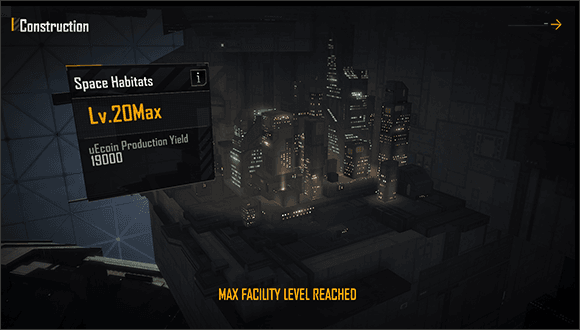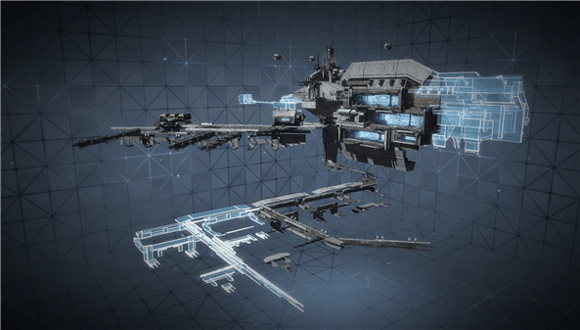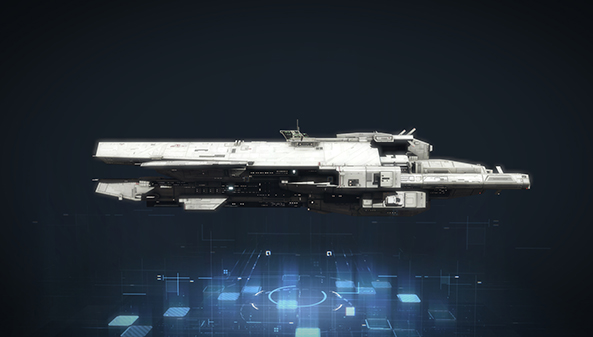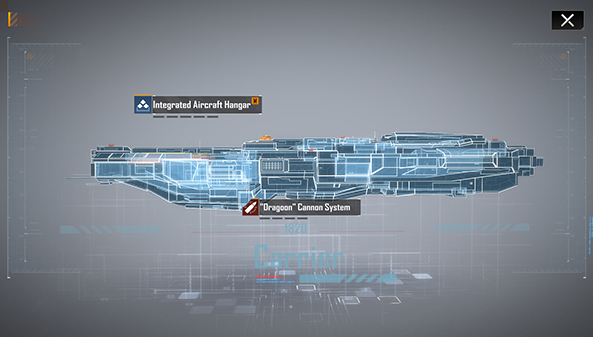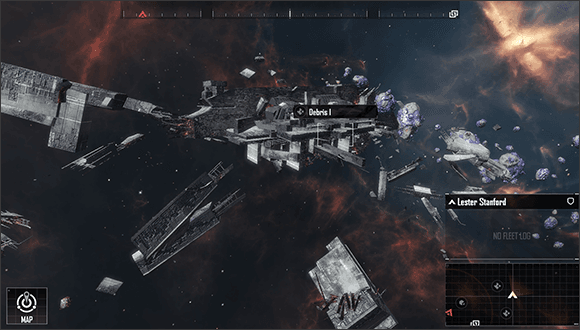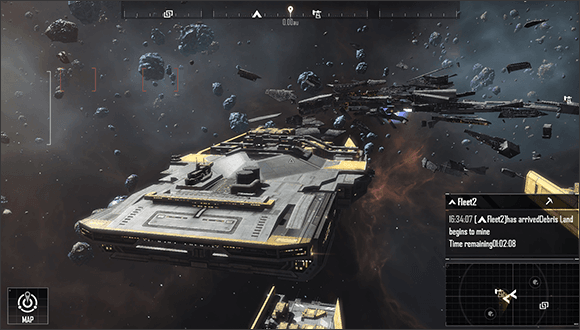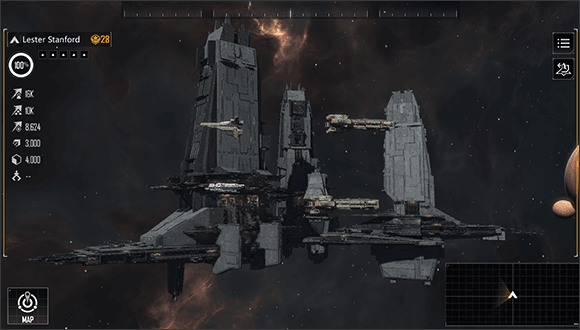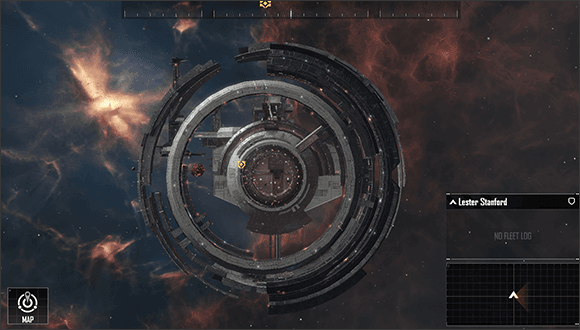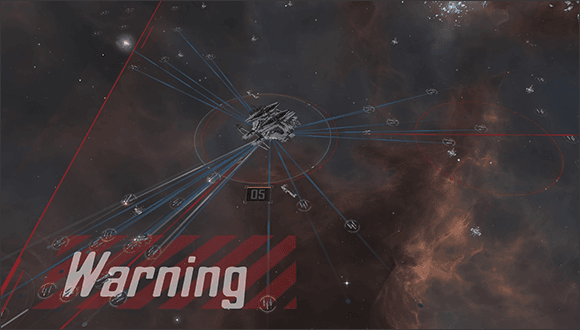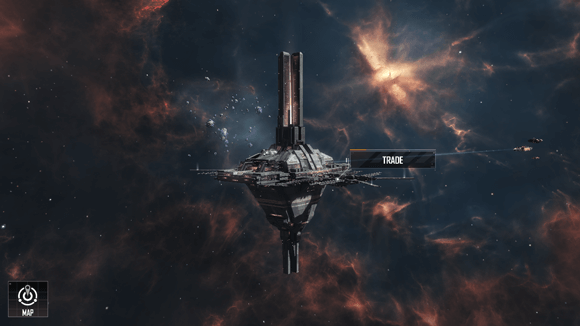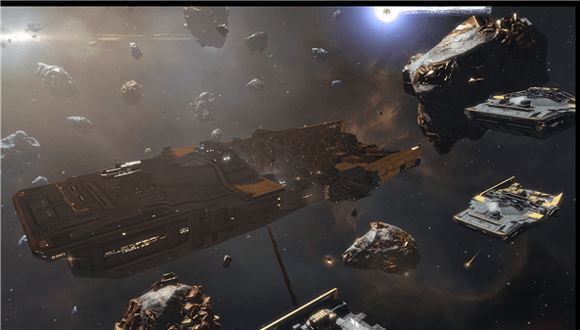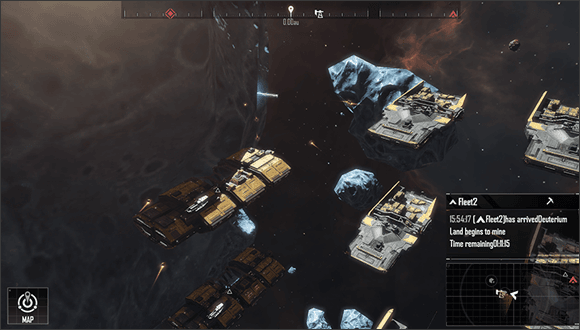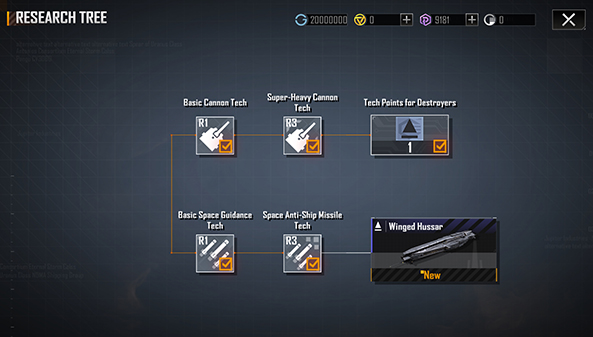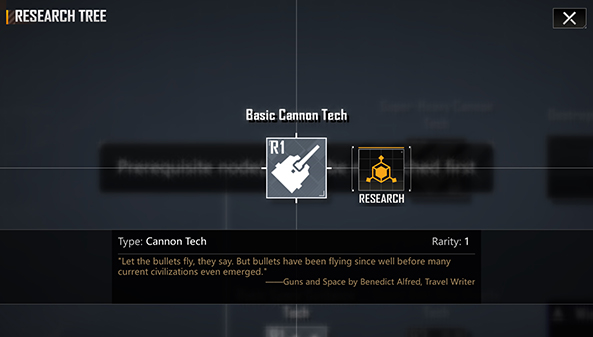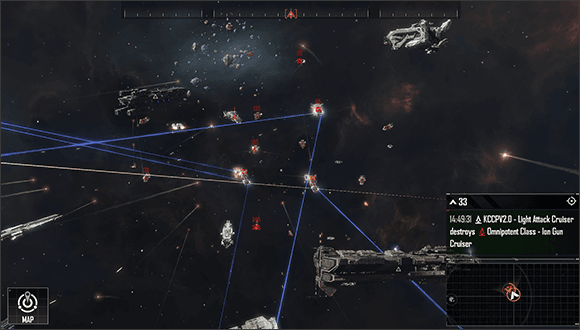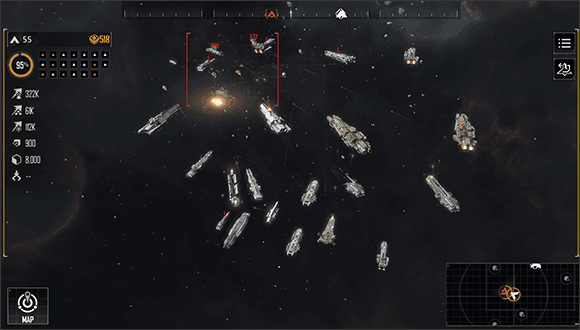Preview of the Release of the Marshal Crux Carrier Blueprint
"When Capital realizes that they are in danger, they will create the most powerful armed forces throughout the Galaxy."
— Balida Crux, the 1st Commander of the Fleet Affiliated to the Antonios Consortium
The Antonios Consortium initially focused on finance and shipping services, with all security affairs for its business activities outsourced. With the growth of its businesses, the surging demand for security made the existing security system unable to sustain itself. Promoted by Balida Crux, one of the board members of its ship manufacturing department, the consortium built up a fleet of a considerable size, supported by its ship manufacturing industry. The fleet not only provides support for the ever-growing businesses of the Antonios Consortium but also generates continuous demand for various research of the ship manufacturing department. As the fleet commander, Balida Crux achieved a lot of exploits leading the fleet and was finally given the rank of Marshal, known as "Marshal Crux."
In memory of Balida Crux's exploits, a carrier developed by the Antonios Precision Manufacturing Corporation will be named after him. The authorization for its blueprint will be available to you. Let's look at the blueprint release relevant affairs:
The release of the new blueprint is divided into 3 stages:
1) Ship Exhibition and Sale
From 2022/1/26 10:00 UTC to 2022/2/15 10:00 UTC
You can purchase the Marshal Crux Carriers at some of the Trading Posts to experience its capabilities in the actual combat.
2) Official Technology Authorization
As of 2022/2/1 10:00 UTC
The technology authorization for this blueprint will go into the circulation of the Research Agreement, Tech Files Selected by Enterprises, and Ship & Aircraft BP Files 2.0.
3) Encrypted Authorization Circulation
As of 2022/2/8 10:00 UTC
The technology authorization will go into the circulation of the Black Market Tech Files 2.0.
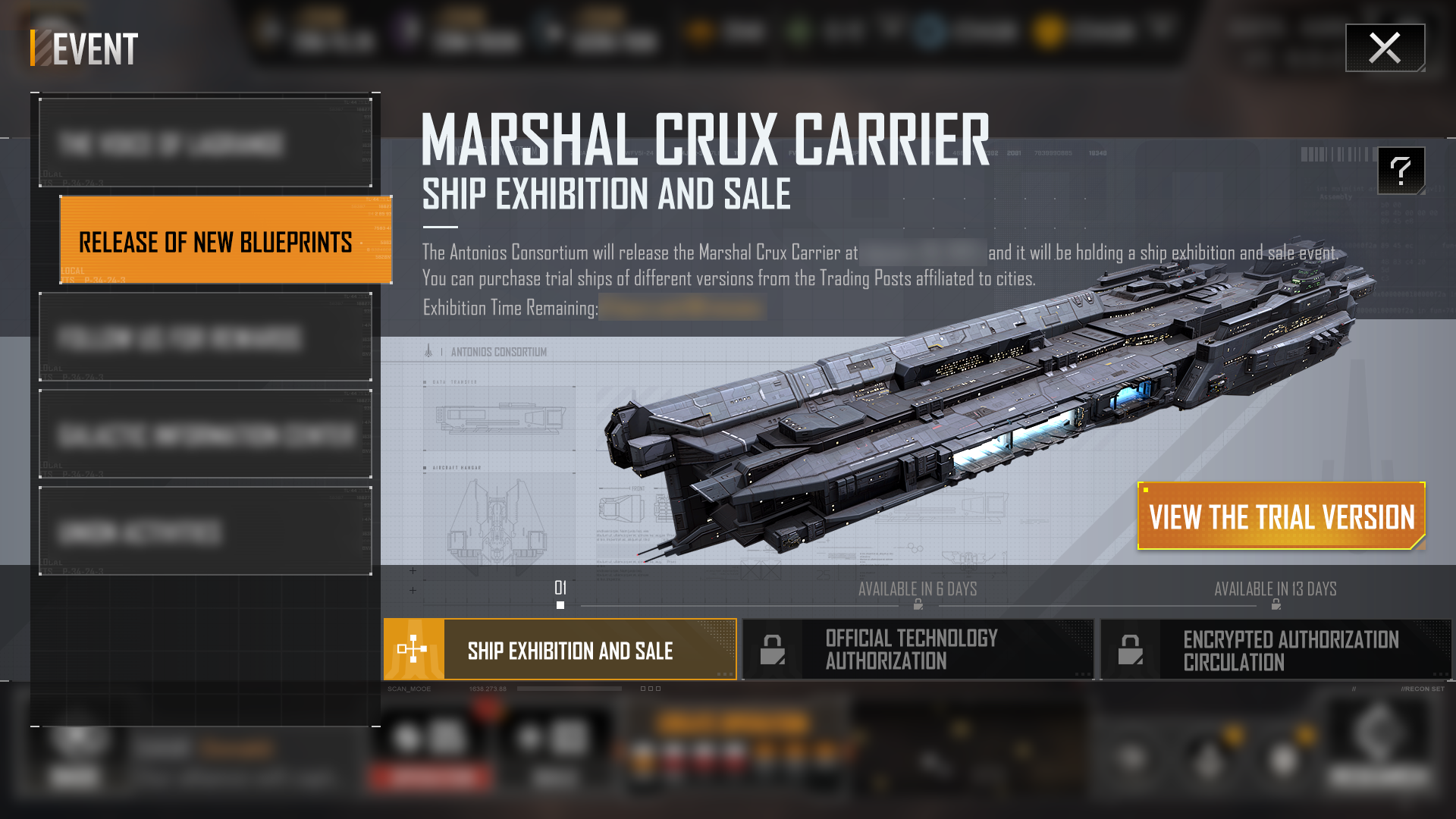
The Ship Exhibition and Sale Event Screen (This image is for display only and does not represent the final quality)
The Antonios Precision Manufacturing Corporation will be holding the Ship Exhibition and Sale event at the Trading Posts affiliated to Space Cities in the target star systems of the Node Recovery Agreement, the Trojite Crystal Collection Agreement, and the Data Rescue Agreement at first. During the event, you can go to Trading Posts and use resources or different forms of currencies to purchase the ships of various versions built with the blueprint to experience firsthand. The ships you purchase can be used in the star system where you are located.
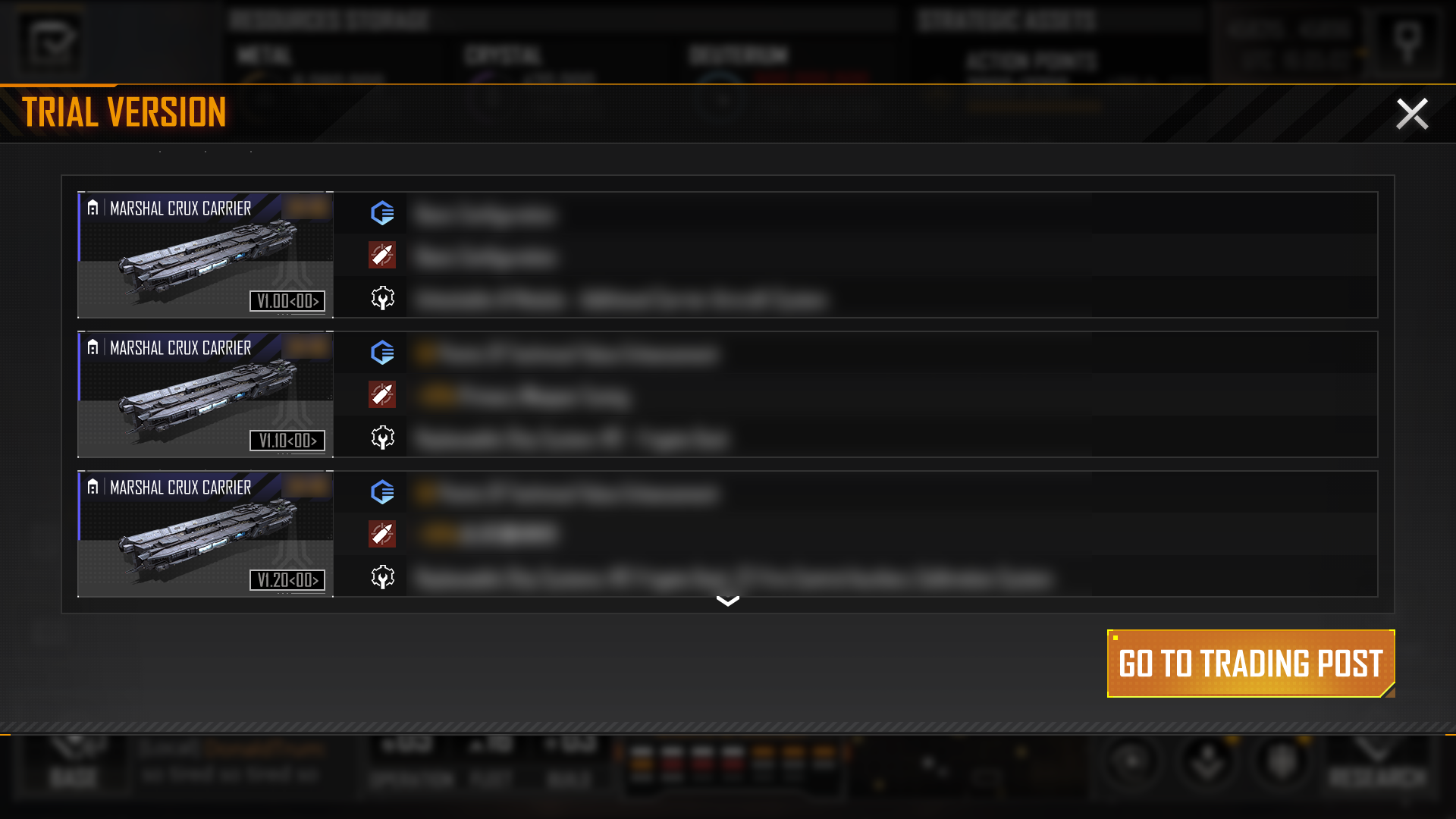
Disclosure of Ship Versions for Exhibition and Sale (This image is for display only and does not represent the final quality)
After the exhibition and sale for the ships last for a period of time, the official authorization of the blueprint will be available. Explorers signing the Node Recovery Agreement, the Trojite Crystal Collection Agreement, or the Data Rescue Agreement can get the blueprint authorization through the Research Agreement, Tech Files Selected by Enterprises, and Ship & Aircraft BP Files 2.0 in the target star systems.
After the official technology authorization is available for a week, the technology authorization for the corresponding blueprint will go into the encrypted authorization circulation. Explorers signing the Node Recovery Agreement, the Trojite Crystal Collection Agreement, or the Data Rescue Agreement can get the blueprint authorization through the research of the Black Market Tech Files 2.0 in the target star systems.
In this blueprint release event, the Antonios Precision Manufacturing Corporation will provide you with the Marshal Crux Carrier. Compared with conventional carriers, this one possesses specially enhanced anti-ship firepower. It is mounted with a high-power ion cannon as default as its primary weapon. Besides the aircraft-carrying capacity equal to the conventional carriers, it also boasts combat capabilities in all aspects.
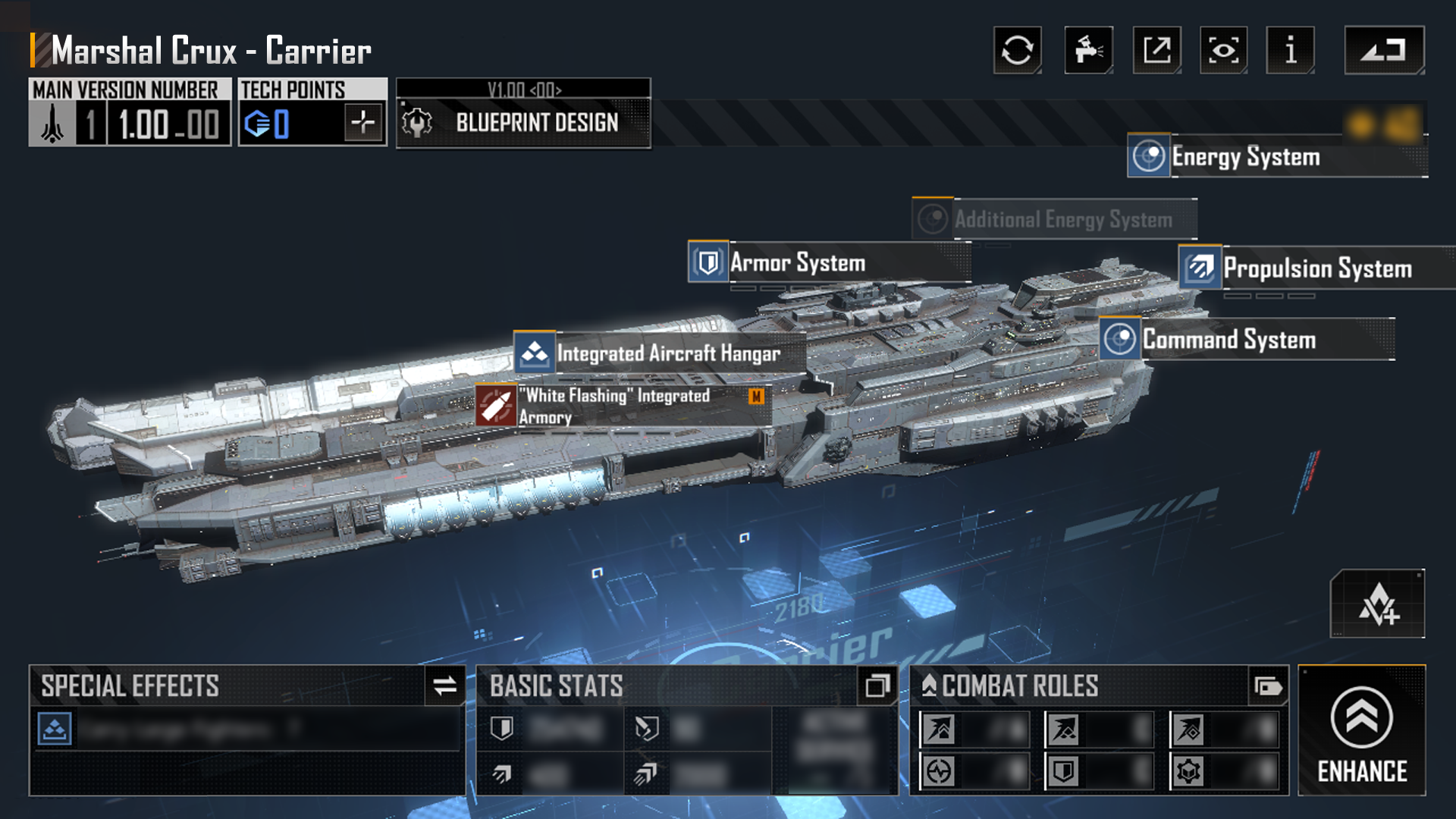
Marshal Crux Carrier (This image is for display only and does not represent the final quality)
Above is the introduction to the release event of the new blueprint. Thank you all for your attention.
